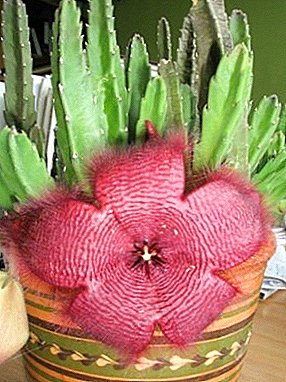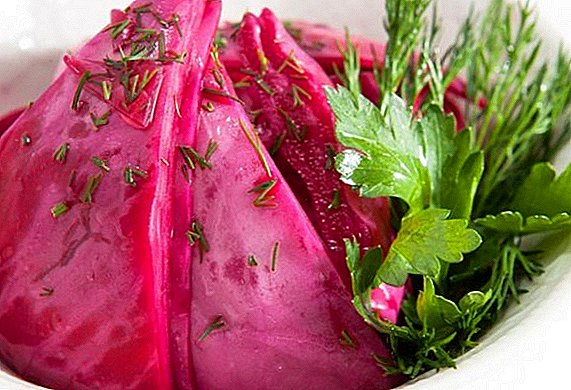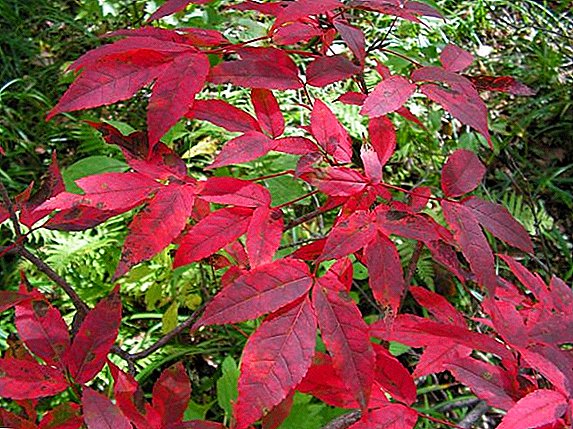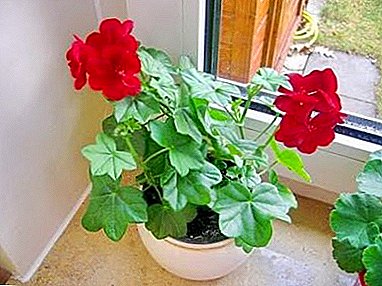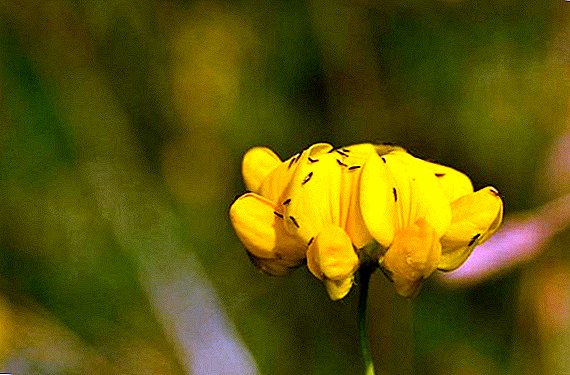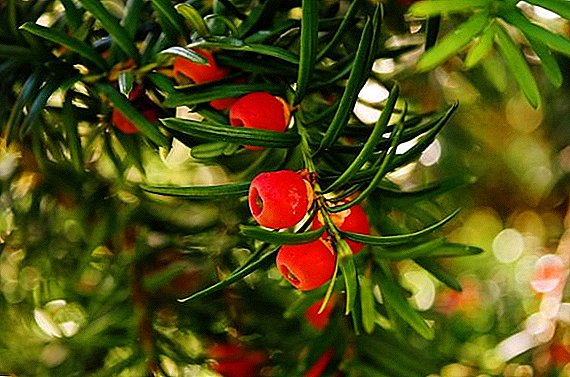
Phalaenopsis orchid is the most popular type of orchid, which is grown at home. Distinctive features: a shortened stem, 4-6 large sheets (length 5-25 cm), the shape of the flower resembles a butterfly. Coloring of flowers can be both monophonic and with various impregnations, but always bright and motley.
From time to time the plant kicks out the flower stalk, on which there can be from 5 to 30 flower buds. The root system is aerial, therefore this species is referred to as epiphytes. Phalaenopsis is home to the southeast Asia: the Philippines, North Australia, Indonesia.
Bud opening
At home, phalaenopsis usually blooms almost all year round. The beginning of flowering is considered the opening of the first bud. This process takes about a day. The first to open are the buds that formed at the beginning, that is, those that are farther from the tip of the arrow. In the same order, orchid and blooms.
Recommendations:
- During flowering, you should not move the pot to another place.
- Do not change the conditions of detention (lighting, humidity, watering mode).
- It is necessary to increase the frequency of feeding to once every two weeks.
- If the flower has less than 5 full leaves, do not allow flowering. To do this, simply cut the peduncle.
How often and how much blooms?
 Phalaenopsis bloom duration from 2 to 6 months. A healthy plant blooms 2-3 times a year.
Phalaenopsis bloom duration from 2 to 6 months. A healthy plant blooms 2-3 times a year.
- Here everything is important: the right watering, fertilizing, lighting, temperature. If at least one of the conditions is not met, flowering may last less or not occur at all.
- The second important factor is the state of phalaenopsis (as far as he gained strength after separation from the mother flower or the previous flowering).
- The third factor is age. Young orchids do not bloom. The plant must be at least 1.5 - 3 years and only then it will begin to bloom.
Factors affecting the frequency and duration of flowering:
- Lighting. The orchid loves bright sunshine and warmth. The buds of the flower are laid only during daylight hours. If the weather is cloudy, the flower needs to be illuminated.
The best option is a special fitolamp.
- Watering. The best option is to immerse the roots in water at room temperature. The duration of immersion is 15-30 minutes. With this watering orchid is not under stress, which means that there is no risk of dropping flowers or buds.
- Temperature. The optimal temperature for phalaenopsis + 20-24 degrees during the day and + 15-18 degrees at night. The difference between day and night temperatures is no more than 5 degrees.
- Humidity. Orchid loves moist air, but at the same time spraying is contraindicated. The best option - a humidifier.
- Fertilizer. For good flowering orchid fed fertilizer with a predominance of potassium and phosphorus. But the excess nitrogen inhibits the laying of the kidneys.
What to do with the arrow?
What to do next with the peduncle when phalaenopsis has faded when you need to prune at home after flowering?
Understand that the plant can bloom as an arrow. It will change color (acquire a wax shade). The arrow turns brownish or gray-brown and dries out gradually. Pruning of the peduncle is shown only after it has completely dried.
 If the arrow has not completely dried up, it is not cut off, as the plant receives nutrients from it. Otherwise, phalaenopsis will need more time to recover from flowering.
If the arrow has not completely dried up, it is not cut off, as the plant receives nutrients from it. Otherwise, phalaenopsis will need more time to recover from flowering.
It happens that the peduncle fades, but it has swollen buds. Then pruning is done just above the bud by 1.5 - 2 cm. In this case, you can wait for re-flowering.
After trimming, the cut is treated with a weak solution of Bordeaux liquidand then sprinkled with wood ash. This is the prevention of infection slice.
Taking care of the plant when it has faded. Step-by-step instruction
Inspection
When viewed after flowering, special attention should be paid to the roots. If there are dry, damaged, rotted, they must be removed with sterile scissors or shears. And the places of cuts are treated with antiseptic. Healthy roots have a green or gray-green color. They are tight and elastic to the touch. If the roots are black, brown, soft, stained, they must be removed. Then you should carefully examine.
Watering
Falaenopsis faded off requires regular but moderate watering. Focus on the state of the substrate. The bark, in which are the roots, must have time to dry, but not dry completely. After watering, be sure to drain water from the pan to avoid rotting of the roots.
Important! When watering you need to be careful that the water does not fall into the sinuses of the leaves, otherwise fungal diseases (rot) may develop.
Top dressing
Rules of Phalaenopsis feeding after flowering:
 Make a feeding no more than once a month.
Make a feeding no more than once a month.- It is advisable to use a special fertilizer for orchids. If they are not, then suitable complex fertilizers for indoor plants. At the same time, the dosage should be reduced by 3-4 times from the recommended one on the package.
- Apply fertilizer only after watering. In no case should the roots and substrate be dry.
- If the plant is transplanted, you will have to postpone feeding for about 3-4 weeks. Since the damaged root system is not able to absorb nutrients. No matter how carefully you transplant the orchid, there will still be minor injuries to the roots, since the root of phalaenopsis is very fragile.
- If the roots are badly damaged, use foliar feeding. At the same time avoid contact with the leaves of direct sunlight. Otherwise there will be burns.
Temperature and humidity
The optimum temperature for phalaenopsis after flowering + 22-25 degrees - during the day and + 18-20 degrees - at night. At the same time, the optimum difference between day and night temperatures should be 5 degrees. In this case, the humidity should be at least - 40-70%. If the humidity is lower, the plant stops growing and dries out over time.
Lighting
The best lighting option after flowering is diffused light. Direct sunlight is contraindicated. If before this phalaenopsis was located on the south window-sill, do not rearrange it. It is enough just to shade the window. For this fit white paper, old tulle or thin natural fabric. If the yard is autumn or winter, pritenyat the window is not worth it. But at the same time, it is not worth finishing the orchid for two weeks, it should rest.
Possible problems
Sometimes when inspecting an orchid after flowering problems can be found:
 root diseases;
root diseases;- the presence of pests;
- defeat of the neck or leaves of fungal diseases.
If you find any of the above, immediately take steps to save phalaenopsis. And be sure to isolate the sick orchid, so that other flowers do not get infected. Sometimes problems are associated with improper care after flowering:
- Incorrect pruning.
- Disturbance of fertilization.
- Incorrect lighting.
- Not appropriate temperature conditions.
All these need to be diagnosed and eliminated in time, otherwise the plant will die.
When should I repot and how?
Transplantation is required for two reasons:
- The need for a larger pot (a flower has grown).
- Substrate replacement (old substrate turned into dust or rotten).
The transplant process:
- Removing orchids from the pot. To do this, first lower the pot into water at room temperature for 10-15 minutes.
- Rinse the roots under running water in order to enclose the pieces of substrate adhering to the roots.
- Cutting roots to healthy tissue, if diseased roots are found (heals the root system).
- Planting orchids in a new substrate. To do this, place the plant in a pot and hold it with one hand and gently add the substrate with the other.
- Do not dig the neck of the plant or damage the roots.
- Do not water phalaenopsis for 2-3 days.
- Do not feed the orchid within 3-4 weeks after transplantation.
If done correctly, phalaenopsis will bloom again in 3-6 months. If this does not happen, the plant needs stress. To do this, simply move the flower to another location and provide a sharp difference between day and night temperatures. But remember, such stimulation is appropriate only if all conditions of phalaenopsis are strictly observed.


 Make a feeding no more than once a month.
Make a feeding no more than once a month. root diseases;
root diseases;